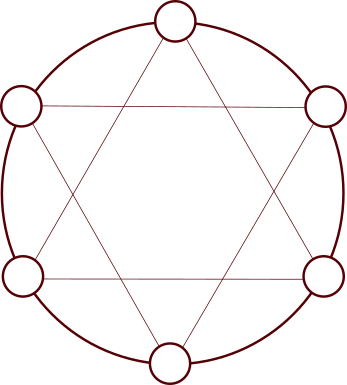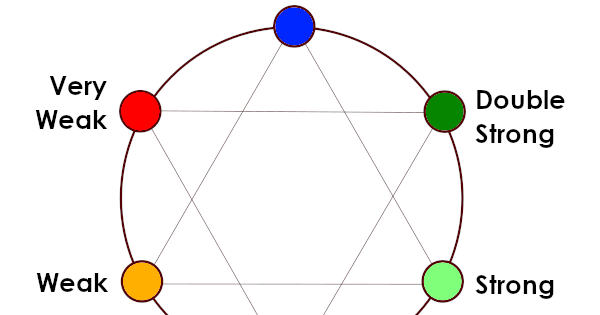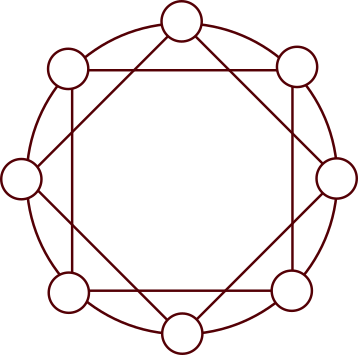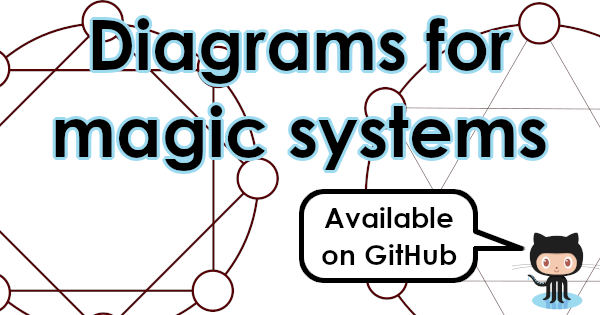One of the fun parts of world-building is creating a magic system. This is true for both novels and tabletop role-playing games.
Why do we need magic system diagrams?
Magic systems are often at their most interesting when it is clear what they cannot do rather than what they can do. For me, especially in game design, this is best served by ensuring that no matter the magic there is always other magic that can counter it.
Additionally, the ability of a magic system to resolve the plot in a way readers will find satisfactory is heavily linked to how well they understand the magic system. By diagramming your magic system, you cannot write yourself into a corner or worse a plot hole.
It is worth structuring your magic system such that every magic has a weakness. No matter how powerful your protagonist becomes, there will always be some other magic user that can threaten them. Thus, you have much more runway for sequels.
A simple example is the game Rock-Paper-Scissors. Each element is strong against one and weak against the other.
Rock-Paper-Scissors magic with 6 elements
Rock-Paper-Scissors is fine insofar as it goes. You can set your three magic types out on a triangle with each type at a corner. However, we can do better.
What if we take a second triangle, flip it over, and add three more elements? Then we would have 6 elements to play with.
For planning this, I like to use a nice-looking circle-based diagram.

The same strong against one and weak against the other works on each triangle. But we now get super strong and super weak against the elements on the circle but on the other triangle.
This is perfect for games – Pokemon goes mad with this kind of thing. This works just as well for planning magic’s vulnerabilities when it comes time for your wizards to come into conflict.
It would work something like this:

This gives us six schools of magic, six magical elements, or six anything else that makes some magics more effective against some things than others. As long as you know how the magic balances, you can really put anything in here.
Indifferent or complimentary?
We pick up a new feature with 6 elements. Each element has another that it is indifferent to. However, with good storytelling, that could become complementary in some way. You could have advanced magics that do much more but can be undermined in twice as many ways. Or perhaps need two complimentary magic forms to undermine them – making them harder to break.
What about even more?
We can go even further. The same principles apply to 8 element systems.
Like this:

This gives you more magic types. More ways magic can be complimentary (or indifferent). More ways it could be beaten, undermined, or dispelled
Both diagrams allow you to apply colours, iconography, or other indicators, to set up relationships between magic types.
Also, the diagrams have a lovely space in the middle where you can add additional designs. After that, you have a pretty magic-looking pictogram for a front cover, illustration, or other decorative things.
This is what I came up with for a table-top game I am working on.

I’m all kinds of awkward so my ring of magic is reader anti-clockwise. My magical elements include cyborg, undead, and light.
Download the files
You can get a copy of the blank 6-element and 8-element diagrams in SVG and PNG formats from my GitHub repository.

